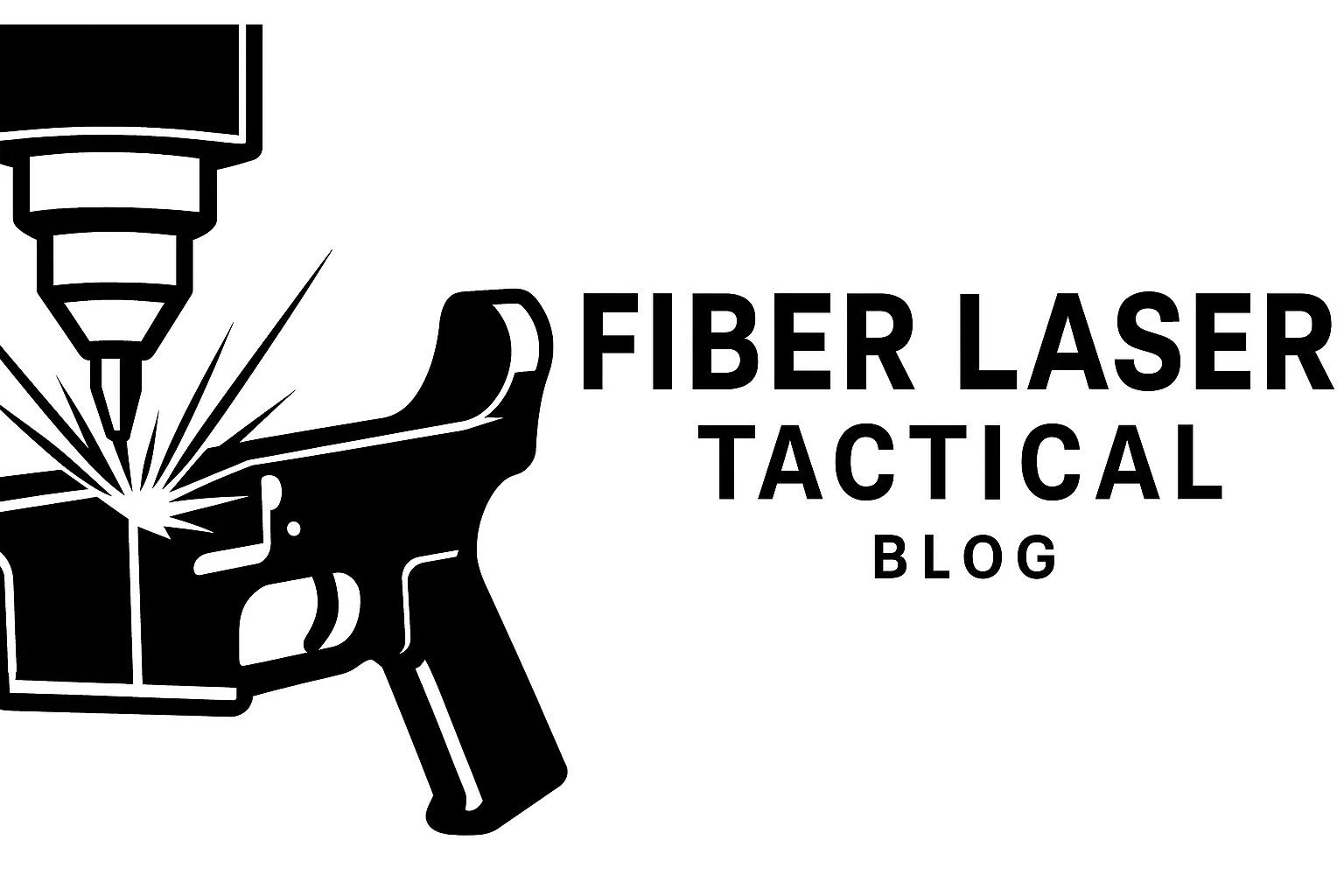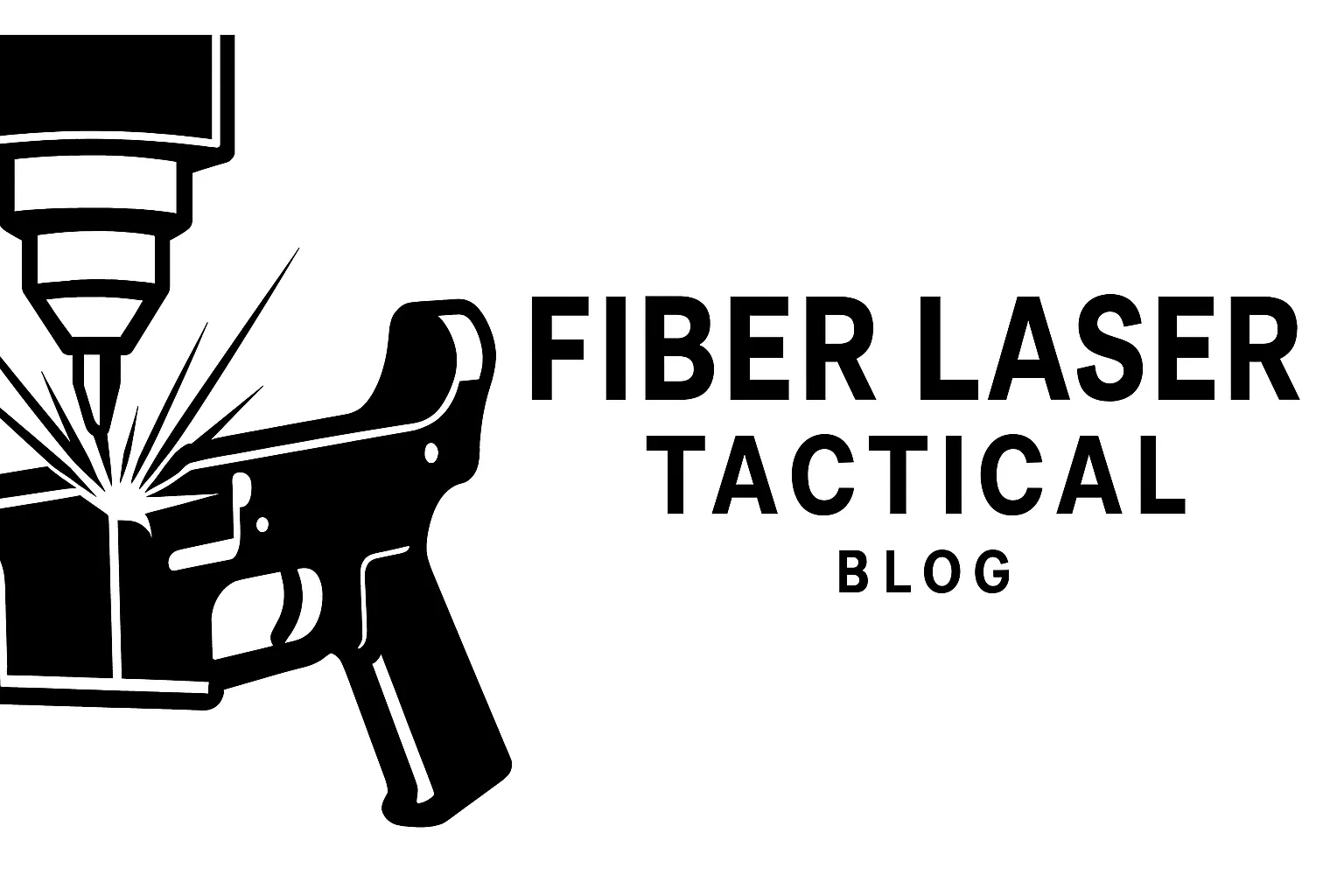One of the most rewarding parts of laser engraving is turning a unique design into a permanent mark. Whether you’re branding gear, personalizing a build, or offering client services, clean vector files are the foundation of professional-quality engraving.
🧩 Why Vector Files Matter
Laser machines don’t “see” images like we do—they follow paths. That’s why vector formats like .SVG, .AI, and .DXF are essential.
Raster image (e.g., .JPG/.PNG) = pixel-based
Vector image (e.g., .SVG/.AI) = path-based = perfect for laser travel
🛠 Best Software for Vector Design
- Adobe Illustrator – Industry standard for precision
- Inkscape – Free and powerful open-source option
- LightBurn – Designed for lasers; lets you design and send files in one place
- CorelDRAW – Often used in commercial shops
🖌️ Tips for Creating Laser-Ready Files
✅ Use bold, clean lines
Avoid thin or overly detailed designs—they may not translate well at small sizes.
✅ Convert all text to paths/outlines
This ensures fonts don’t change or get corrupted during import.
✅ Keep fill settings in mind
Filled shapes vs outlines behave differently—test before engraving.
✅ Size your artboard to match your laser bed or work area.
🔄 Converting Raster to Vector
Got a JPEG logo? No problem.
- Open it in Illustrator or Inkscape
- Use “Image Trace” or “Path > Trace Bitmap”
- Adjust threshold until edges look clean
- Expand or convert to paths
- Save as
.SVGor.AI
🧪 Pro Tip:
Before running your job, preview it in line mode to see how the laser will trace each path. This helps avoid surprises like double lines or broken paths.
💬 Wrap-Up
Clean vectors = clean engraves. Whether you’re engraving serialized parts or branding a project, putting in the extra effort on your file prep pays off big time.
Next up:
🔜 “Fiber Laser Focus: Understanding Focal Distance and Why It Matters”


Leave a Reply
Your email is safe with us.